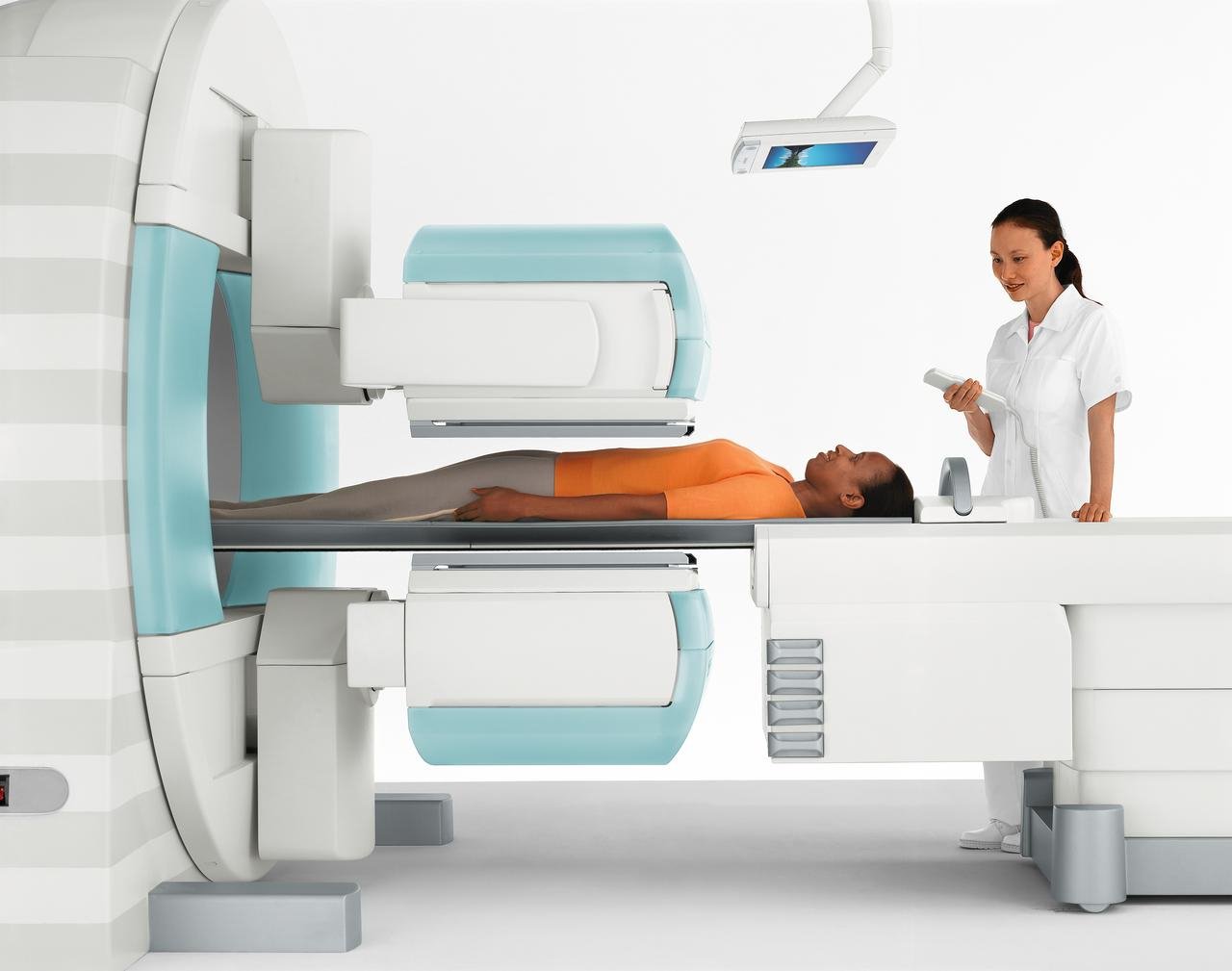Uses of SPECT Scan to predict and monitor cancer treatment.
Introduction Single-photon emission computerised tomography SPECT Scan stands for single-photon emission computerised tomography. It's a non-invasive nuclear imaging test that lets your doctor observe how well your internal organs perform. A SPECT Scan is used to make a diagnosis. A SPECT (single photon emission computed tomography) is a type of imaging that displays how blood flows through tissues and organs. It might detect seizures, strokes, stress fractures, SPECT SCAN infections, and spinal tumours. About SPECT Scan Single photon emission is abbreviated as SPE. Computed tomography (CT) is a technique that uses gamma rays (a form of radiation) to create pictures of organs in the body that show how they work: A SPECT can reveal how the heart's blood circulates. Examination by a physician. Anechoic. Audiological. During a SPECT scan, what happens? Single-photon emission computerised tomography (SPECT) provide three-dimensional pictures of the interior of your organs using radioactive chemicals and a specially built gamma camera. It will take about 30 minutes to complete your scan. You must remain completely still and flat on your back during this period. A sophisticated …




